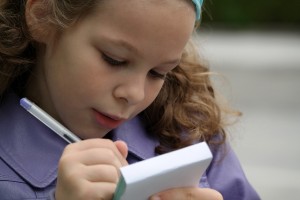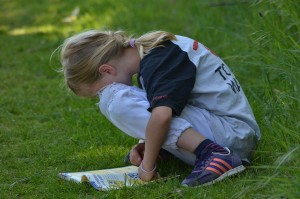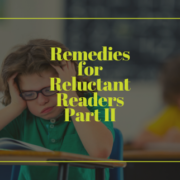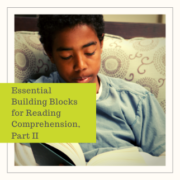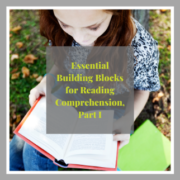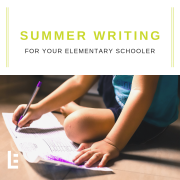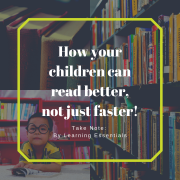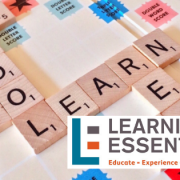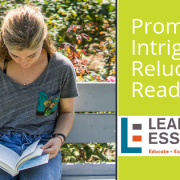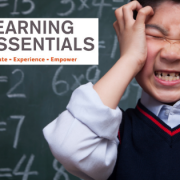Ready, Set, GO BACK TO SCHOOL!!!! Learning Styles and Techniques: Part 4 of 6
When it comes to learning strategies, styles, and techniques, learning cannot be explained as a “one size fits all” method. As much as we are told that there are kinesthetic, auditory, visual, and read/write learners, learning processes and preferences are truly more complex than these labels. While there are truths to the different categories of learners, we cannot assume that each young learner fits perfectly and fixedly into one specific category. In fact, depending on a learner’s strengths and weaknesses, he or she will employ different techniques from different categories to best suit the task.
Consider this personal example: a learner, like myself, with a propensity for reading and writing would likely excel in tasks involving creative writing techniques, close reading skills, vocabulary, etc. In the mathematical realm, however, this same learner may need to employ a different learning style. One may assume that a word problem would suit this type of read/write learner. However, for a learner such as myself, the wordiness of a math problem actually got in the way of comprehension. Instead, I would employ visual strategies, such as sketching, diagramming, or graphing to visually break down the word problem.
Depending on the task, a strong learner will know how and when to employ different strategies. This type of fluidity in learning styles takes practice. For instance, in the above example, a read/write learner like myself would likely read a confusing word problem many times before realizing that a visual illustration would actually be more beneficial.
Thus, the best way to help young learners is to provide them with numerous learning strategies and techniques. Then, let the learner decide which different strategies are helpful in certain circumstances. Below are just a few strategies organized by learning style.
VISUAL
- Use diagrams, illustrations, and graphic organizers to visually conceptualize a task. For instance, a visual learner may benefit from a prewriting outline before beginning a lengthy essay assignment.
- Color code when taking notes to visually organize information on the page; this can also help with memory.
- Highlight key words when reading or studying to help retain the information.
- Rewrite notes or perform task demonstrations to better see and memorize the information after the initial lesson.
AUDITORY
- Restate the information in your own words to solidify comprehension and memorization.
- Create mnemonic devices while studying.
- Organize information into a song, rhythm, or rhyme to help recall.
- Reread information aloud.
- Ask and answer questions aloud during lessons or lectures.
KINESTHETIC
- Pace or move about while studying notes to help with memorization.
- Fold the corners of textbook pages to refer back to important information.
- Stand while reading or reciting.
- Take small, frequent breaks when working on large assignments.
- Reenact the concept or task; this is especially helpful for science labs, physical or athletic skills, or theater-related tasks.
- Sit on a yoga ball while reviewing material or studying for extended periods of time.
- Use a line-reader or cover the text on the page when reading; this helps kinesthetic learners focus on a text line by line instead of getting overwhelmed by a wordy page.
Looking to empower your child to succeed? Learning Essentials’ Brain Camp teaches students practical step-by-step ways to study, organize, manage time, prepare for tests, and use executive functioning strategies— essential skills for today’s academic environment. Click here to learn more or enroll: https://learningessentialsedu.com/workshops/
